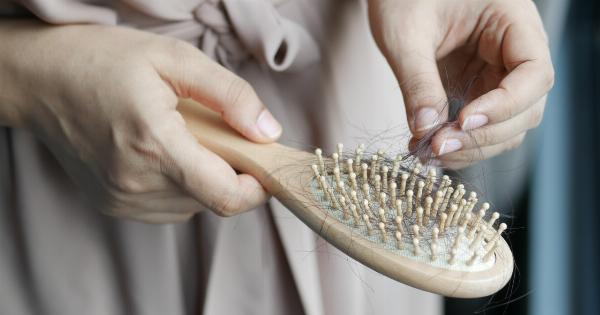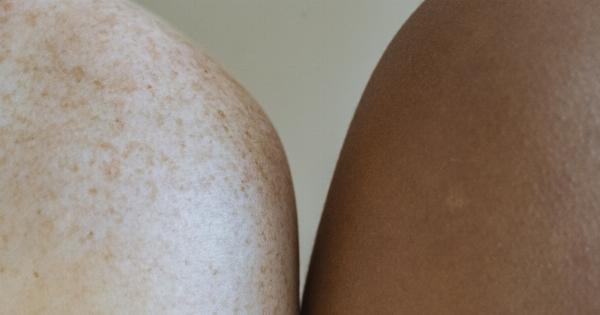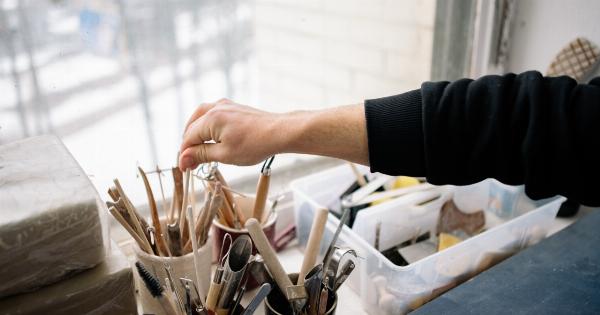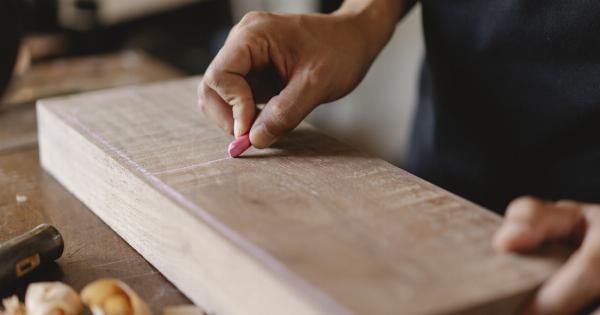Waxing is a popular hair removal method that can leave your skin smooth and hair-free for weeks. However, the thought of pulling out hair from the root can be intimidating, especially if you have a low pain threshold.
Fortunately, there are several ways to minimize the pain associated with waxing. In this article, we will discuss ten techniques that can help make your waxing experience more comfortable and less painful.
1. Exfoliate Before Waxing
Exfoliating your skin before waxing can help remove dead skin cells and reduce the risk of ingrown hairs. Use a gentle exfoliator or a loofah to scrub the area you plan to wax.
This will make the hair follicles more accessible for the wax, resulting in a smoother and less painful waxing session.
2. Choose the Right Time
Timing is important when it comes to waxing. Avoid scheduling your waxing session a week before or after your period, as hormonal changes during this time can increase sensitivity.
Additionally, try not to wax right before any special events or vacations, as your skin may be more sensitive and prone to redness or irritation immediately after waxing.
3. Trim the Hair
If your hair is too long, trimming it before waxing can help minimize pain. Long hair can make the waxing process more uncomfortable because it pulls on the skin when removed.
However, make sure not to trim the hair too short – around a quarter to a half inch in length is ideal for waxing.
4. Apply a Topical Anesthetic
If you have a particularly low pain tolerance or are waxing a sensitive area, you might consider applying a topical anesthetic about an hour before your appointment. Look for over-the-counter creams or gels that contain lidocaine or benzocaine.
These numbing agents can help dull the sensation of pain during waxing.
5. Avoid Caffeine and Alcohol
Caffeine and alcohol can increase sensitivity and make the waxing experience more painful. It’s best to avoid consuming these substances for at least 24 hours before your appointment. Instead, opt for hydrating beverages like water or herbal tea.
6. Take a Mild Pain Reliever
If you’re concerned about the pain, you can take a mild pain reliever such as ibuprofen or acetaminophen before your waxing session.
However, always consult with a healthcare professional before taking any medication, especially if you have any underlying medical conditions or are currently on other medications.
7. Opt for a Professional Wax
Although at-home waxing kits are convenient, getting a professional wax done can make a significant difference in terms of pain. Professional waxers are trained to minimize discomfort while efficiently removing hair.
They also have access to high-quality waxes that are less painful compared to some at-home alternatives.
8. Take Deep Breaths and Relax
The more relaxed you are during the waxing process, the less painful it will feel. Take deep breaths and try to relax your muscles before and during the waxing session.
Some people find it helpful to practice deep breathing exercises or listen to calming music to distract themselves from the discomfort.
9. Use a Cold Compress
If you experience discomfort or redness after waxing, applying a cold compress can help soothe the area. Wrap a few ice cubes in a clean cloth or use a gel-based cold pack and gently press it against the waxed skin.
Avoid applying ice directly to the skin, as it can cause ice burns.
10. Moisturize and Maintain Proper Aftercare
After waxing, it’s crucial to keep your skin moisturized and follow the recommended aftercare routine. Apply a soothing moisturizer or aloe vera gel to the waxed area to calm any redness or inflammation.
Avoid hot showers, swimming pools, saunas, and tight clothing for at least 24 hours post-wax to prevent irritation or infection.



























